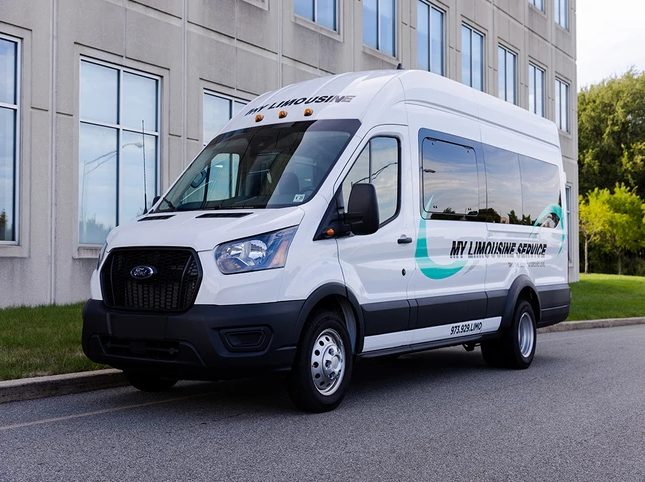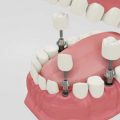Upper cervical practitioners provide sciatica relief. Sciatica is a well-known lower-back pain cause in practically everyone. That is why, understanding the illness is critical to face the challenges ahead.
The nature of most people’s jobs causes back discomfort and sciatica, particularly those who work in offices. Are you ready for a back-pain-free day? Here are some important details you would like to know:
1. It Affects the Sciatic Nerve
Sciatica is caused when the sciatic nerve is irritated or compressed. It develops from five nerve roots in the spinal cord and branches down both legs. It’s also the largest nerve in the body. Chiropractors identify sciatica based on the type and location of the suffering.
2. Sciatica is More Than a Simple Back Pain
Sciatica may cause lower back pain, but it can also induce tingling, numbness, or even a burning sensation. This sensation typically radiates from the hip and down one of the legs. In rare cases, sciatica can affect both legs.
3. Sciatica Has Varying Pain Levels
Pain levels vary from person to person. Even the overall region of the body affected varies significantly. Certain regions of the body experience pain, tingling, and numbness to varied degrees. Some persons experience pain that radiates to their feet. Others’ pain is so intense that driving or walking becomes impossible for them. Serious cases of sciatica can affect the bowels and bladder.
4. SI Pain and Sciatica Are Not the Same
The SI (sacroiliac) joint can occasionally cause lower back pain. This is entirely different from sciatic pain. The pain is substantially different because SI Pain mostly does not include the legs.
5. Pinpointing the Underlying Cause is the Key to Sciatica Relief
The sciatic nerve can become irritated or compressed for a variety of reasons. Knowing the underlying cause of the problem helps decide the best solutions for relieving the patient’s pain and suffering. Some people benefit from exercise, while others require crucial spine correction.
6. Pain Medication Helps, But Only Temporarily
The majority of individuals believe that pain medication is the best sciatica treatment (including chiropractors). The notion here is that the pain is relieved by the time the medicine wears off, so the person is “treated or cured.” The fundamental downside of this strategy is that pain treatment treats the pain itself rather than the underlying cause. This means that pain can return at any time, without notice. This can lead to dependence on long-term pain drug use. This may not be the optimal answer.
7. Surgery is Never the Only Answer
It is usually a good idea to have more options. Surgery may be effective in a small number of extremely rare underlying diseases. However, it is rarely the most effective long-term approach for sciatica pain relief. In reality, many researchers agree that surgical and non-surgical treatments have equivalent long-term outcomes. Always consider your alternatives and choose what is best for you.
8. It Could Be a Past Injury
You should know that spine health goes from top to bottom, any changes in the spine are generally sluggish. A neck misalignment can put the spine under stress, causing the discs to degenerate more quickly than usual. Take notice that ordinary wear and tear can create decades of damage in just a few years, perhaps leading to arthritis in the spine or other disorders that cause discomfort and even sciatica.
This explains why you may be experiencing pain now from injuries or accidents that occurred 10 to 15 years ago. Old injuries may have triggered a chain reaction of more wear and tear on your body. Upper cervical X-rays can identify injuries that may have existed beneath the surface for many years and are causing current symptoms.
Find Relief Now, Not Later
If you are suffering from sciatica or any other type of back pain, schedule an appointment with a doctor. You may try to find one by searching “sciatica treatment New York City”. Before committing to any intensive form of treatment, consult with a professional. If an examination reveals a misalignment in the C1 or C2 vertebrae, a moderate force correction will be designed to fit your unique requirements. This permits the rest of your spine to move out of the strained position that is compressing nerves and creating inflammation.







































No Comments